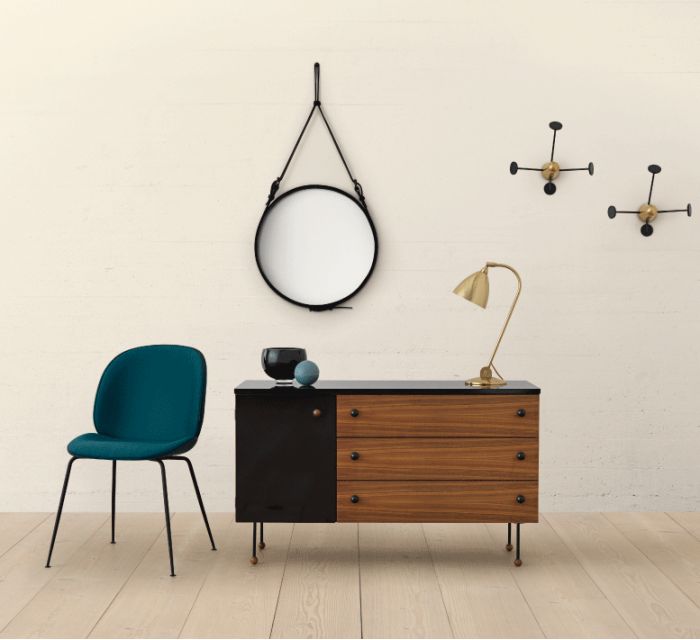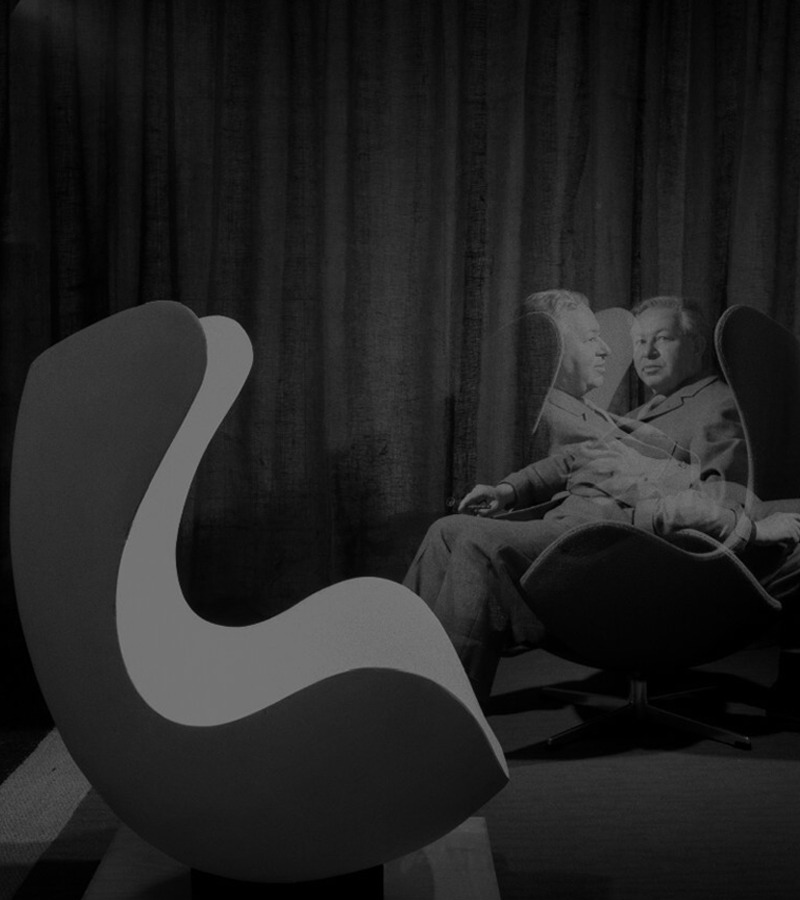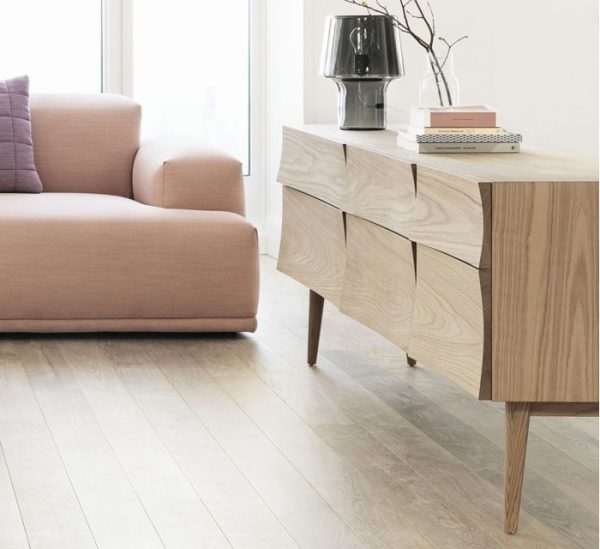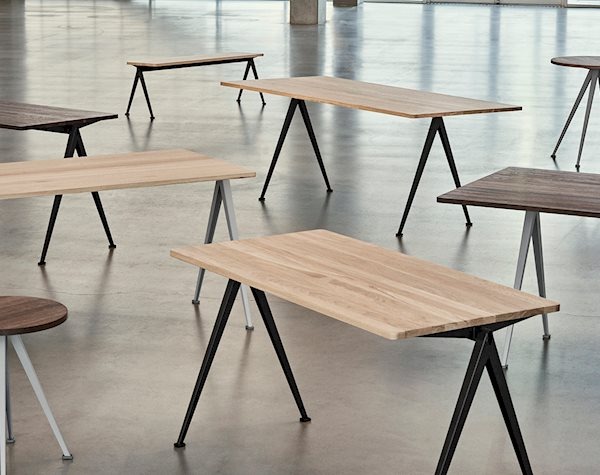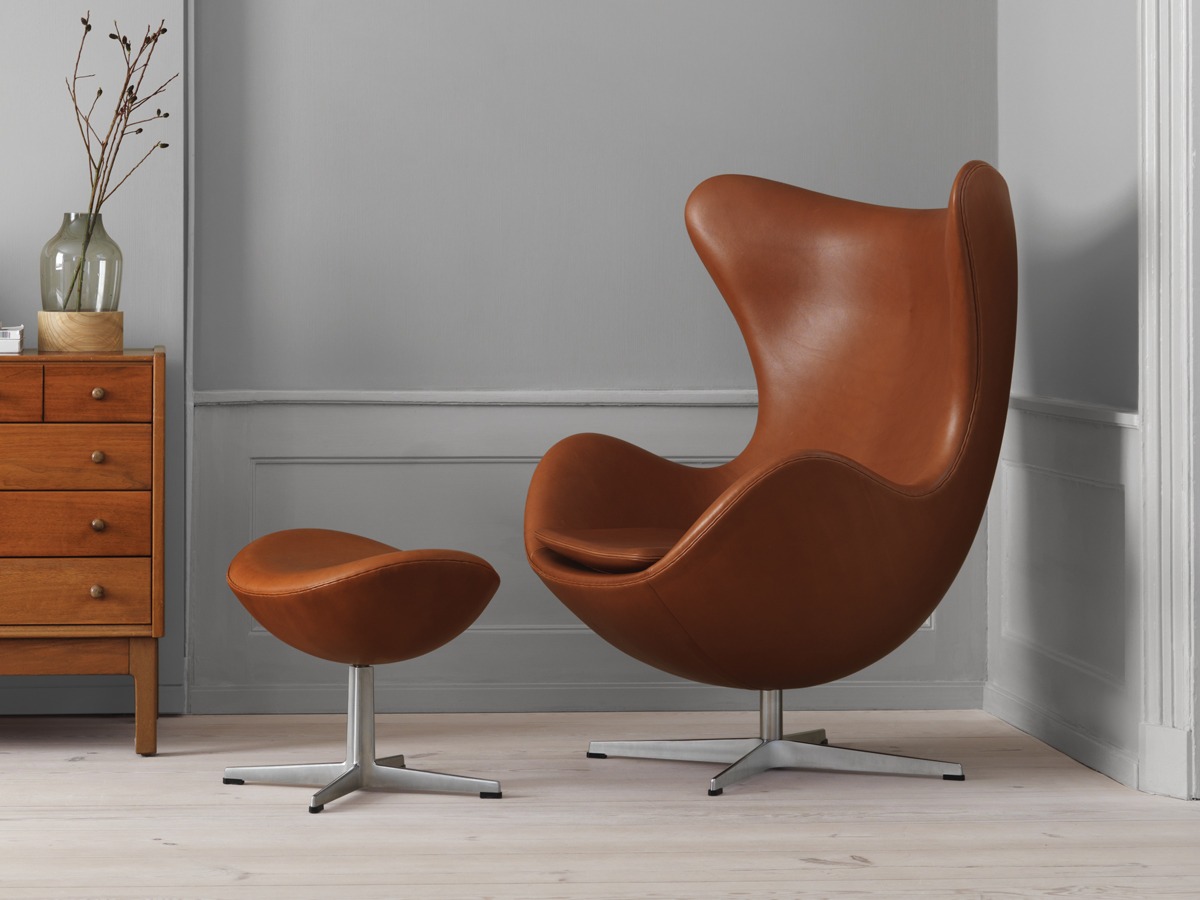
Scandinavian design: history and characteristics
- Photography: Fritz Hansen, Gubi, Muuto and Hay.
The history of Scandinavian design is somewhat complex. We can place its origin between the two world wars; however, as is logical, furniture had been built in the countries of northern Europe since before the twentieth century. Why is its origin fixed in that period? Because it was then that for the first time aesthetics was added as an added value to the pieces; until then they were simply based on functionality.
However, it was not until 1954 that the concept of Scandinavian design was coined when an exhibition with this name toured North America promoting the Nordic lifestyle and decoration.
History of Scandinavian design
When we talk about this type of design we refer to the countries of Northern Europe. In its beginnings it only included Norway and Sweden, although over the years the concept has spread to other countries such as Denmark, Iceland and Finland.
As we have pointed out, the origin of Nordic design dates back to the period between the two world wars. A clear point of reference was the Stockholm Exhibition of 1930. A design and decoration event in which local designers of the time showed their industrially manufactured pieces, as opposed to the defense of handmade Scandinavian style furniture.
The designers’ goal was to mix the best of both worlds; on the one hand, the use of local materials such as wood, and on the other hand, the use of modernity in the manufacture of their furniture. They sought to create comfortable, cheerful and bright environments.
In the 1950s, great designers such as Jacobsen rose to international fame and made Scandinavian style gain popularity by leaps and bounds thanks to an exquisite combination of the most avant-garde trends with Nordic tradition.
In the 1960s and 1970s, designers began to introduce new materials such as plastic and resins in their designs.
Scandinavian design features
The main feature of this style of decoration, and what makes it truly unique, is the functionality of the pieces. Keep in mind that several hundred years ago, surviving in northern European countries required furniture to be useful and durable, without too many ornaments. As it could not be otherwise, the vast majority of this furniture is made of wood, a local material.
Another of the most prominent features of Nordic design is light. In northern European countries, during the winter months there are only a few hours of light a day, so it is essential that the furniture enhances it to create a feeling of warmth and comfort in the home.
Scandinavian style furniture at ÁBATON
In ÁBATON we can offer you a wide range of Scandinavian furniture. They are 100% original pieces that meet each and every one of the precepts of this decorative style. A wide selection of pieces with which you will be able to give a comfortable and functional air to your home.
Discover all the news in the official ABATON Journal.
